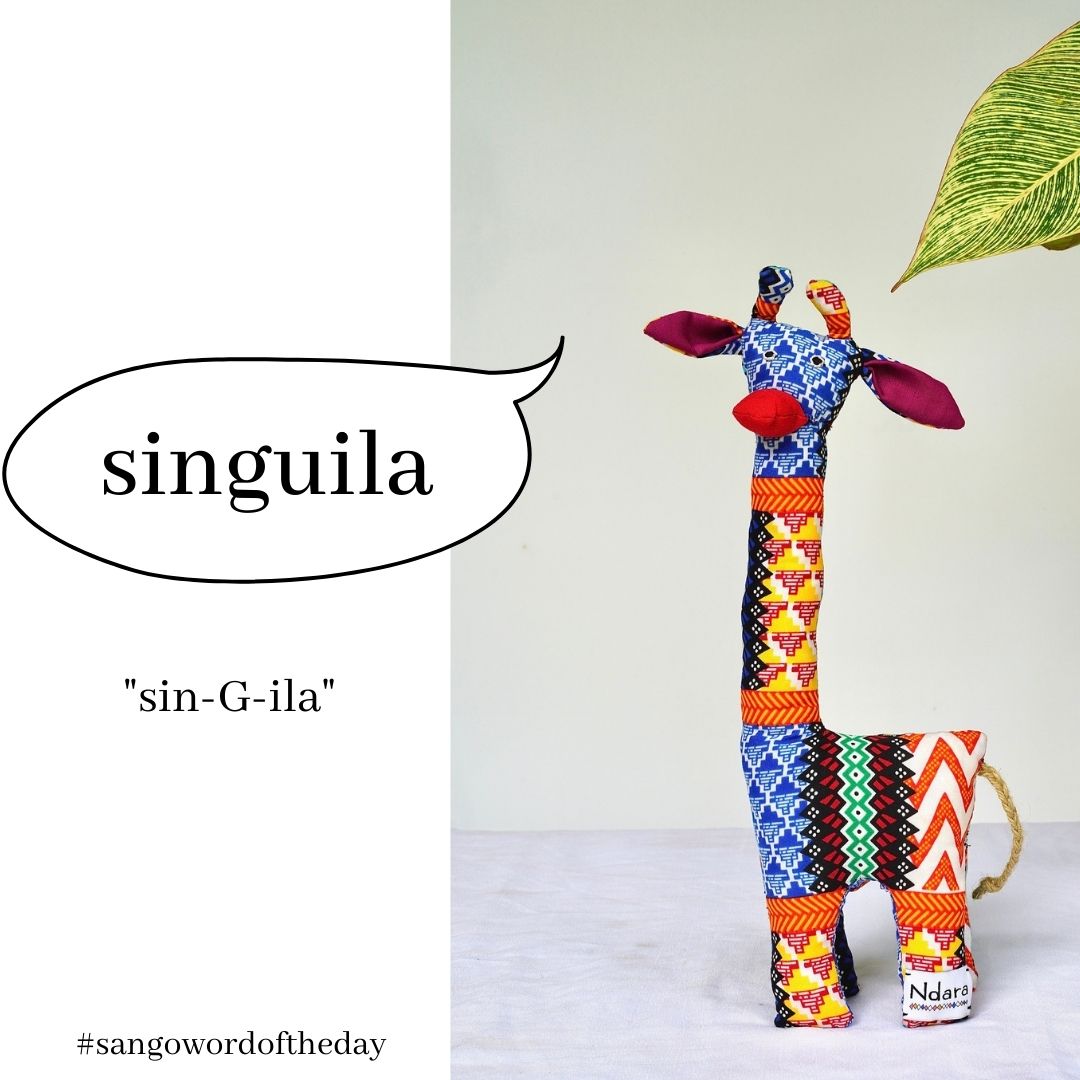
Sango
Share
This week will be dedicated to the language of Sango in all of Ndara’s channels. We will be posting the Sango word of the day both on our instagram and facebook and hope you want to join us on a learning journey.
The Central African Republic (CAR) has two official languages, French and Sango. It is one of the few African countries to have an African language as its official language. The origins of Sango have not been fully established, but the language is widely believed to have developed out of the Northern Ngbandi language, which was used - in a simplified form - as a trade language along the Ubangi River prior to French colonization in the 1800s. The river was a meeting place for many different language groups, so the growth of a common language happened naturally. With colonization and the increased mobility of people, Sango spread beyond trading and the Ubangi river. Today, sango is most commonly viewed a creole, which is, according to the most basic definition, a contact language with native speakers.

Though it is difficult to find any reliable numbers, Sango is today believed to have around 500,000 native speakers, and around 5 million speakers in total. Despite the relatively small number of native speakers, it is widely used across all regions of CAR and serves as a lingua franca, especially in parts of the country where many different ethnic groups live together. It is also commonly used for teaching in the lower grades in school. It is safe to say that with knowledge of Sango, a traveler can go anywhere in CAR and be understood.

Sango has, in some ways, become a symbol for a common “Central African-ness” and national unity. Ever since CAR gained independence from France, attempts have been made to give Sango as much importance as French. In 1964, it was proclaimed the new nation’s national language. In 1995, it became an official language alongside French. But even if it has gained a lot of ground as a spoken language, French remains the most used for written communication and official national and legal documents must be in French. Experts suspect that one reason for this is that Sango is a relatively young written language. Efforts have been made to standardize spelling and to teach speakers to read and write in Sango, but many Central Africans continue to find it easier to read and write in French.

While some aspects of Sango are easy to pick up and begin using, two main difficulties arise for native English-speakers: firstly, one must remember not to split double consonants: Bambari, for example, must be pronounced ba-mba-ri, not bam-ba-ri. Secondly, Sango is a tonal language with three basic tones (high, mid, and low), with contour tones also occurring, generally in French loanwords. As with any other tonal languages, it can be crucial to get the tones right. The speaker who does not pay attention to this may inadvertently be saying something entirely different than intended, for instance, fâ (‘kill’) instead of fa (‘show’) or me (‘breast’) instead of mê (‘ear’).
Acknowledgements: We want to take a moment to express our gratitude to Emelie Nestor who has helped us with all her expertise on Sango. Also, to our founder Charlotte, who is a native Sango speaker and will be our teacher for the week.
